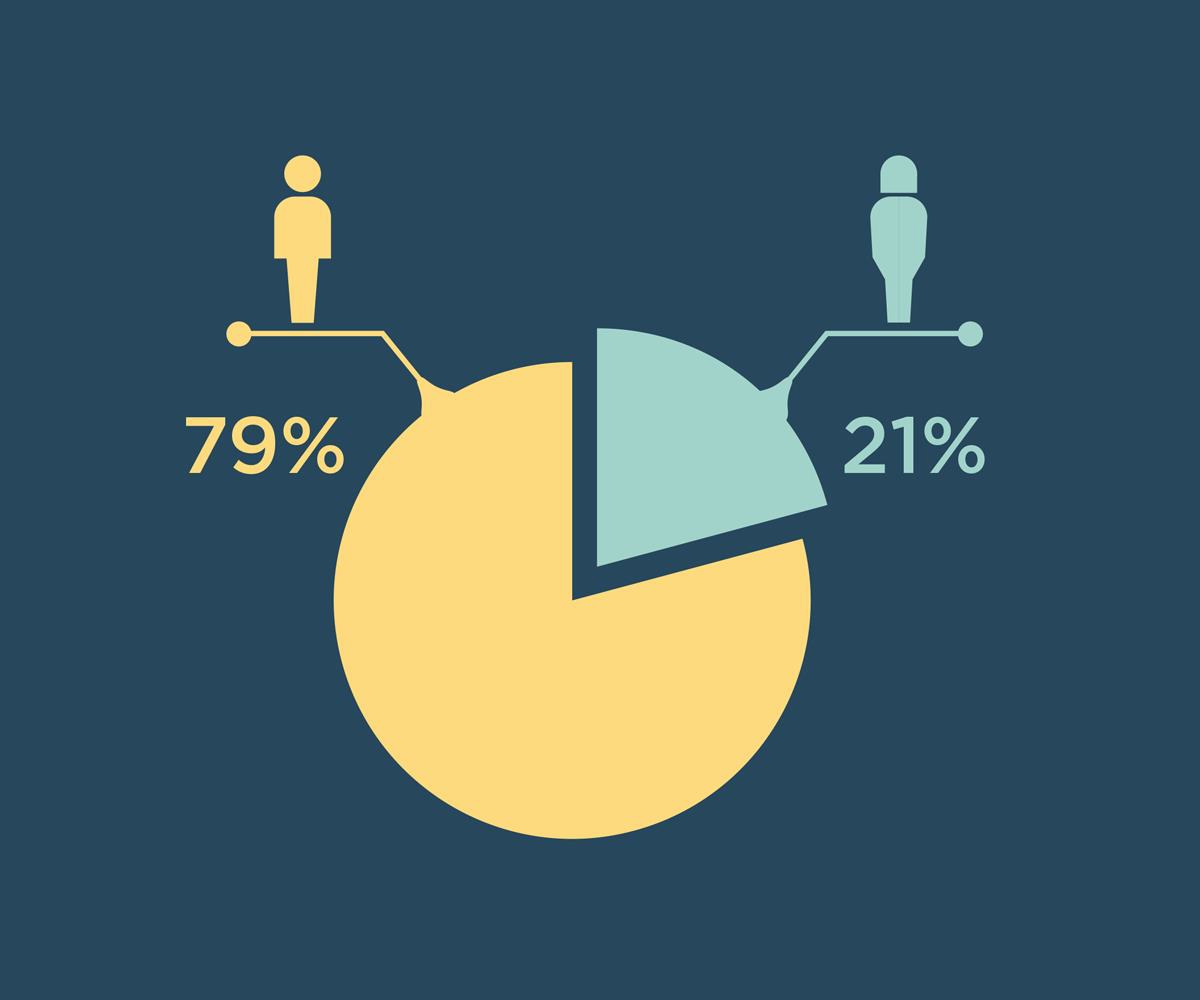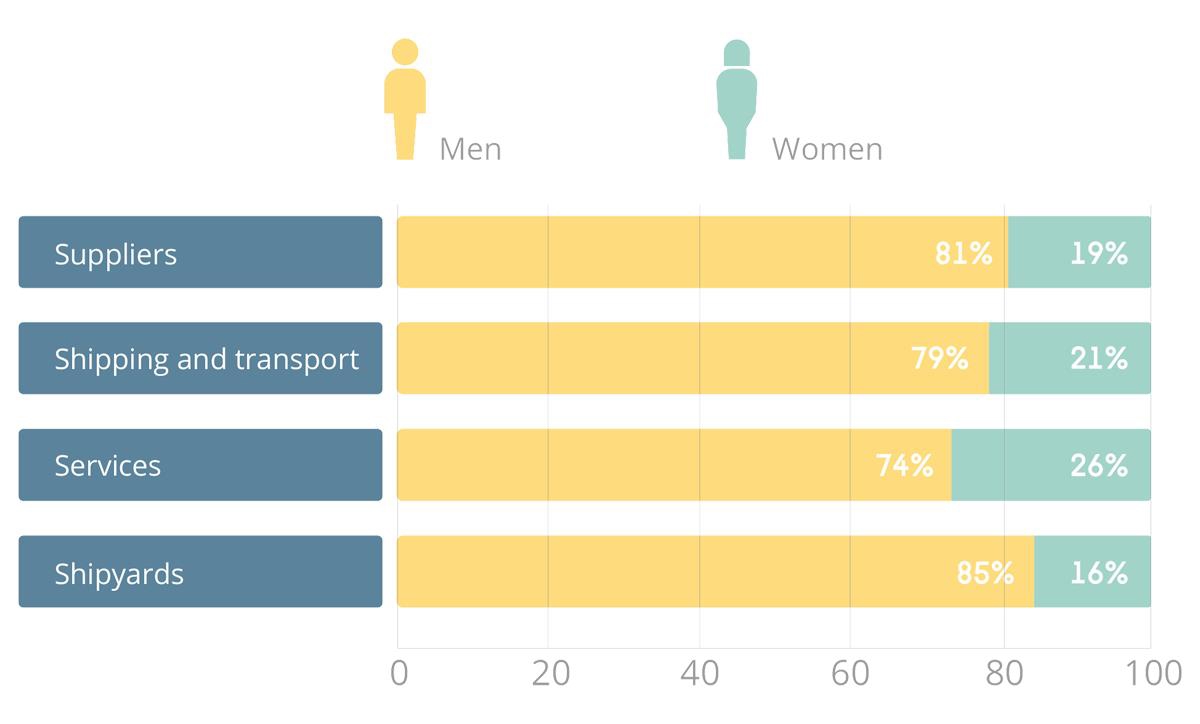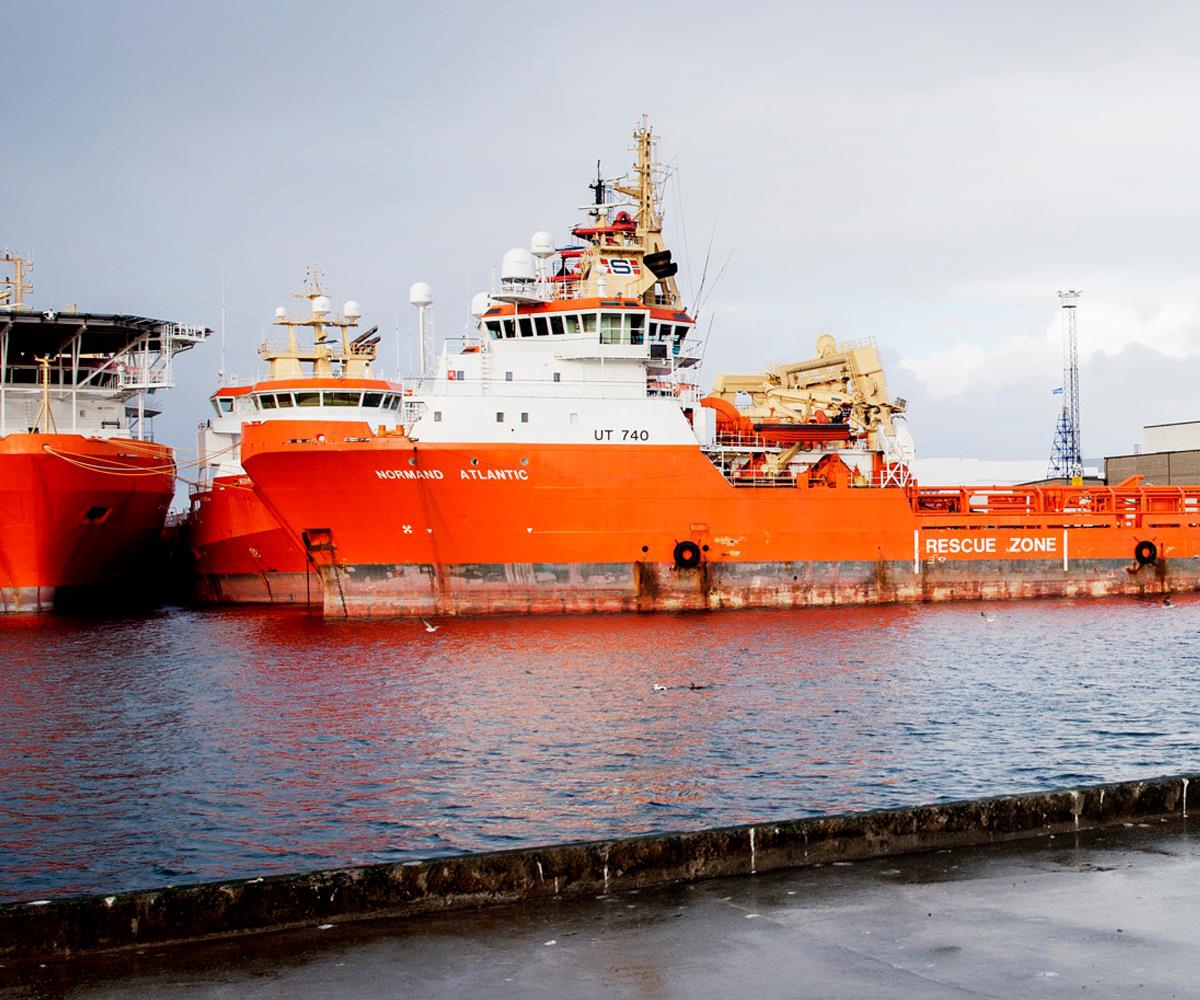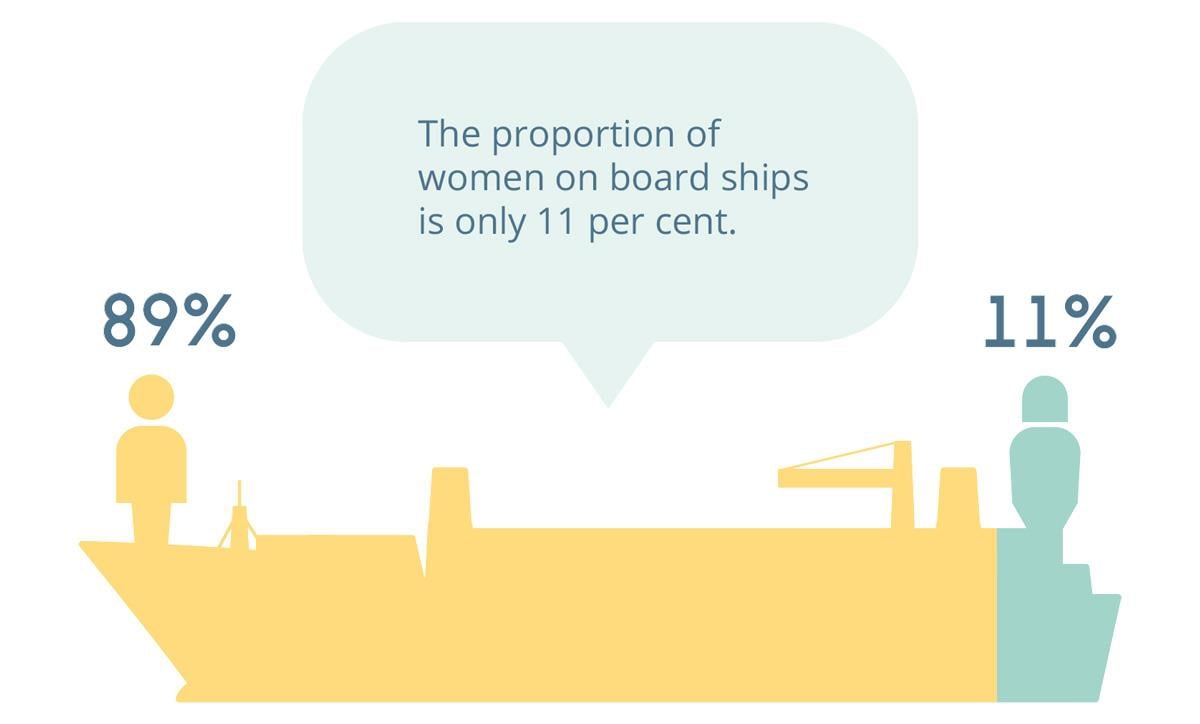3 Status of diversity and gender equality in the maritime industry and education

Inland Norway University of Applied Sciences was commissioned by the Ministry of Trade, Industry and Fisheries to assess the gender distribution in the various segments of the industry, the gender distribution in selected maritime education programmes and differences in pay between women and men. The resulting report shows that there is generally a low proportion of women in the maritime industry and in maritime education programmes and that women on average earn less than men. However, the industry has initiated several measures to recruit and retain women in the industry. These measures are discussed in more detail in Chapter 4.
In 2021, the proportion of women in the maritime industry was 21 per cent. For shipping and transport, the proportion of women was 11 per cent among employees on board ships, and 33 per cent among employees in onshore positions within shipping companies. As regards employees on board ships the proportion of women was particularly low in the categories of freight traffic and supply. The passenger transport category generally has a higher proportion of women than other categories classified as shipping and transport. This stems from a significant proportion of the workforce in this part of the industry being employed in female dominated occupations, such as cleaners, wait staff, cafe and shop employees and chefs. At the input meetings that the Norwegian Government held in connection with the work on this strategy it became clear that women in administrative positions make up a significant part of the proportion of women in the broader maritime industry.


Norwegian vessels in Haugesund
Source: Tri Dinh / Norsk Sjømannsforbund
Women generally earn less than men in the maritime sector, also when controlling for education, occupation and age. Due to instances of remarkably high wages in the industry, median income provides an insight into the wage levels that apply for most employees. The difference in pay between women and men is greatest in shipping and transport, where the female median income is 64 per cent of the male median income (70 per cent average).
The difference is significantly less in the shipyard segment, where women earn 95 per cent of what men earn (93 per cent average). In the maritime industry as a whole, the female median income is 83 per cent of the male median income (82 per cent average). The wage gap between women and men in all segments, except for shipping and transport, is greater among those with a university and college education than among those with a lower level of education.
Women who work on board ships belong to households with very few children (0.28) compared to the general average for the population, which is 0.85 for women and 0.83 for men. This may indicate that women do not continue to work on board ships after they have had children.
The proportion of women among applicants to maritime education programmes at universities and colleges in the Norwegian Universities and Colleges Admission Service (NUCAS) was 29.7 per cent in 2022. Since 2010, the proportion of women among registered students on bachelor and one-year units in maritime education programmes in the university and university college sector has been relatively stable at approximately 20 per cent. At master’s level, the proportion of women among registered students is somewhat lower. The data available regarding gender distribution in higher vocational education is limited. However, it shows a significantly lower proportion of women in maritime vocational education and at maritime vocational schools than in the university and university college sector. The proportion of women in maritime study programmes at upper secondary schools is particularly low. In second year upper secondary school maritime courses, 11 per cent of the students are women. Furthermore, the respective percentages of women who are apprentice deckhands and marine engine mechanics are 8.5 and 7 per cent.11
